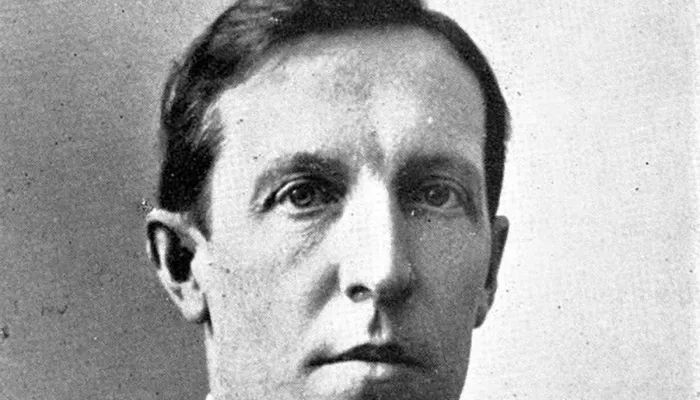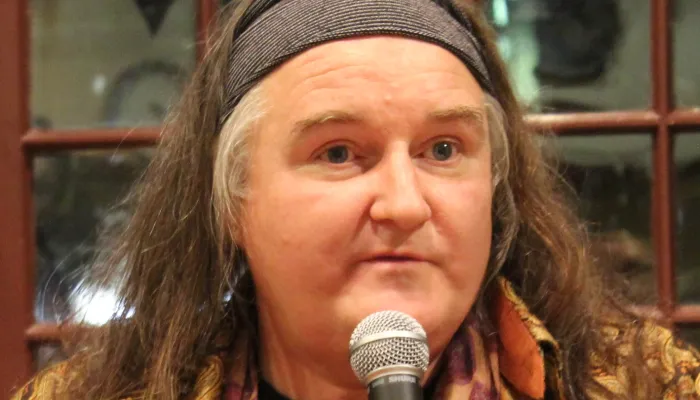Jane Munro
Biography
Jane Munro is a Vancouver writer and educator. False Creek (Harbour Publishing, 2022), is her newest full-length poetry book. It balances her signature themes: dream life, the visual arts, and the mysteries of the natural world with an urgent, more directly political voice. Her prose memoir, Open Every Window (Douglas & McIntyre, 2021) and Glass Float (Brick Books, 2020), her seventh poetry collection, both came out during the pandemic. Her recent poetry chapbook Straights and Narrows (Found Object, 2025) was launched in Toronto this spring. Jane was one of the three judges for the National Poetry in Voice Finals on May 15, 2025 in Vancouver.
Blue Sonoma, Munro's sixth poetry book, was the 2015 Canadian winner of The Griffin Prize For Excellence In Poetry. The judges said: “Blue Sonoma unflinching as its poems are … achieves an engaging liveliness as a result of the poet’s earthy voice, colloquial wit, and acute descriptive powers. In primarily short lines of impressive transparency, Munro’s writing, replete with natural images of Canada’s west coast, celebrates, even as it confronts with blunt honesty, the sensuous passage through the years towards whatever transition must follow … and leads us, with gentleness but no apology, into the realm of riveting and ultimate contemplation.”
Munro is a member (with Mary Di Michele, Susan Gillis, and Jan Conn) of Yoko’s Dogs, a poetry collective composing innovative collaborative linked verse. Their newest chapbook, Lunchbox Poems (Turret House, 2025) came out this September.
Micro-interview
Yes, I read — and loved — poetry when I was a teenager.
Perhaps because I felt something of the same conflict Frost writes of, I read and re-read “The Road Not Taken.” Its clarity, reflectiveness and conversational music haunted me.
But a year later, I was utterly enchanted by the complex and dramatic sprung rhythms of Hopkins’ “The Windhover.” That poem made my heart sing.
Also when I was in high school, my considerably younger (but poetry-loving) sister allowed me to read Chaucer’s “General Prologue” to “The Canterbury Tales” to her at bed-time.
I’d wear white lipstick and go to dark coffee houses with sawdust on the floor to listen to local poets read. My early years at UBC coincided with memorable visits by Black Mountain and Beat poets. Right away, I bought a copy of Cohen’s The Spice Box of Earth, later heard Ginsberg read “Howl,” and then got interested in Robert Duncan's poetry.
My mother kept a poem I composed and printed out for her when I was five — so, I started writing poetry early.
But I didn’t think of myself as a poet until much later.
I was thirty-nine when my first poetry collection was published. By then I was the mother of three young children, had earned three university degrees, and was working at a paying job. Finding time to write and finish poems was quite the juggling act. But, I was beginning to think of myself as a poet.
To listen — to attend — to the poem as it comes through you. To give it whatever it needs of your language, experience, resources, images, memories. To be patient — to let it become itself, to your surprise. To make the best art you can make.
To help the poem come into a condition and position where it can serve as architecture for the imagination of others.
This isn’t a “job” — it’s a calling (or, to use the latinate word, a “vocation”).
It happened.
I was driving home late one evening after launching my fifth poetry book, Active Pass, in Victoria. My husband hadn’t attended. His Alzheimer’s had made that impossible; he didn’t even realize I had a new book out. He’d always been supportive of my writing. So I was thinking about him ... and, suddenly, on a long straight stretch of the otherwise empty coastal highway, I was following the spitting image of him in his blue Sonoma — a battered pickup he’d totalled a couple of years earlier.
It was a strange and spooky experience that went on and on. I wrote the poem pretty much as I might have told someone what happened. It was a more-or-less straightforward narrative. I was simply reporting.
By then, I was working on Blue Sonoma and, after I’d written “Sonoma,” it struck me that it might serve as an opening poem for that collection. It introduced the characters, the problem, and the location: it grounded the arc and metaphors of the book.
That’s a tough question!
Parts of many older poems stay with me. When I was a child, my father would chant Yeats’ “The Lake Isle of Innisfree.” I remember stanzas from poems we studied in school. In high school, when I first read Hopkins’ “The Windhover,” I immediately fell in love with its tongue and mind-twisting music.
Later, I discovered Canadian poetry and, in particular, poetry by Canadian women. In my M.A. thesis I discussed — among dozens of other poems — Atwood’s “Death of a Young Son by Drowning” and Avison’s “The Swimmer's Moment.”
Today, as I browse through your wonderful anthology, I’m drawn to Bronwen Wallace’s “Common Magic.” I often ride city buses and overhear conversations. Chances are, tomorrow, I’d choose a different poem. There are many I’d love to know by heart.


